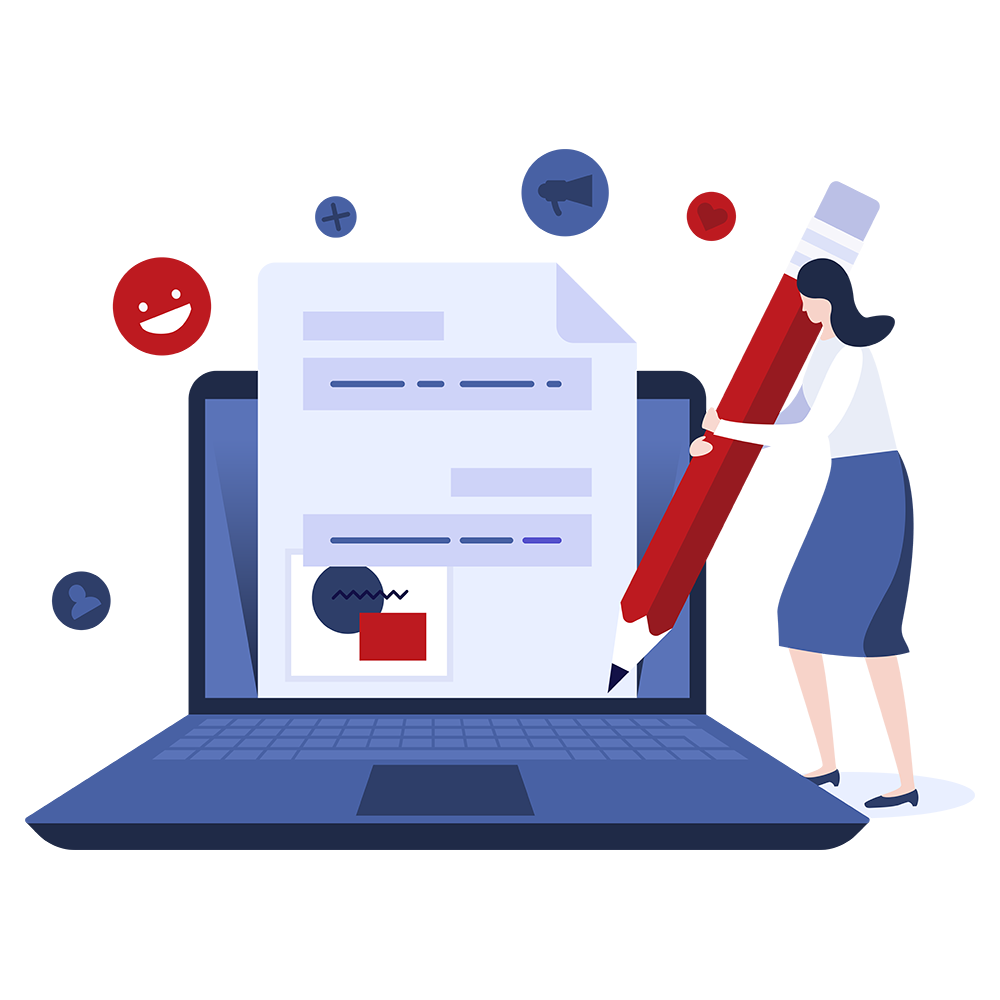Contact centre technologies – issue ten
Hello, from Aculab call central.
In this post, the tenth of tonnes, I’ll look at how the benefits of diallers and customer interaction solutions are viewed. You’re welcome to post any questions in the comments section below.
In the last post, which you can view here, I looked at some of the benefits of using diallers, in general. This time, I’ll take a look at the first of two areas in which the benefits of using call progress analysis (CPA) in conjunction with diallers are often judged.
Comparisons
Judgements are made by comparisons involving: i) lost agent time; and ii) connection accuracy. Those judgements are often presented by some of the more prominent vendors of contact centre solutions as a kind of gospel – almost a sacred text.
Comparisons invariably focus on post-connect CPA, however, it should never be overlooked that pre-connect signalling detection is equally, if not more, invaluable for a dialler system. Good pre-connect CPA is vital for fast and accurate decisions to continue with a call attempt.
The theory of lost timeThe widely promulgated theory of lost time assumes, for the sake of its argument (which is designed to prove that diallers are essential), that all calls are connected and agents have the task of determining who or what is on the line. It also assumes that the handling time for an agent to wrap up a falsely connected (i.e., it’s a machine on the line) call is 30 seconds.
That being the case (so the theory goes), multiply the 30 seconds by a large number of machine answered calls per day (choose your own number; it’s as much as 60 percent of all calls), multiply the result by 261 agent days per year, multiply that by ’0 dollars per hour and you end up with a ballpark number in the ‘00s of ‘000s, which sum is then presented as the huge cost (saveable if you use a dialler to screen calls) of handling unproductive calls.
But…
Unfortunately, the theory is flawed as it focuses on the polar opposite of what really matters, never mind that it can’t possibly take 30 seconds to wrap up a call answered by a machine.
You don’t use a dialler to save wrap-up time on falsely connected calls. You use a dialler to: i) avoid wasting valuable agent time dialling numbers; and ii) reduce wait times between calls. Waiting time is that between wrap-up and the next live connect, which incidentally, is the concern of a dialler system and not an aspect of CPA.
Agents can only take a call when they’re free. When not free, they’re as productive as can be. In reality, the number of calls made is not a constant; it’s neither static nor linear, but related to the number of available agents. As an agent becomes free or additional agents log on, the dialling rate goes up. The beauty of diallers is that they adjust the dialling rate to be able to connect a call immediately an agent is available.
Focus
Furthermore, it’s surely better to focus on productivity gains than cost reduction. I suggest an increase in the collections or revenue per agent figure would be a far more sensible metric on which to concentrate.
Perhaps the purveyors of perceived wisdom are not as wise as they’d like you to think.
Stop by again next week for another instalment in this useful sequence of posts. Ciao!
- Joeb Logger
